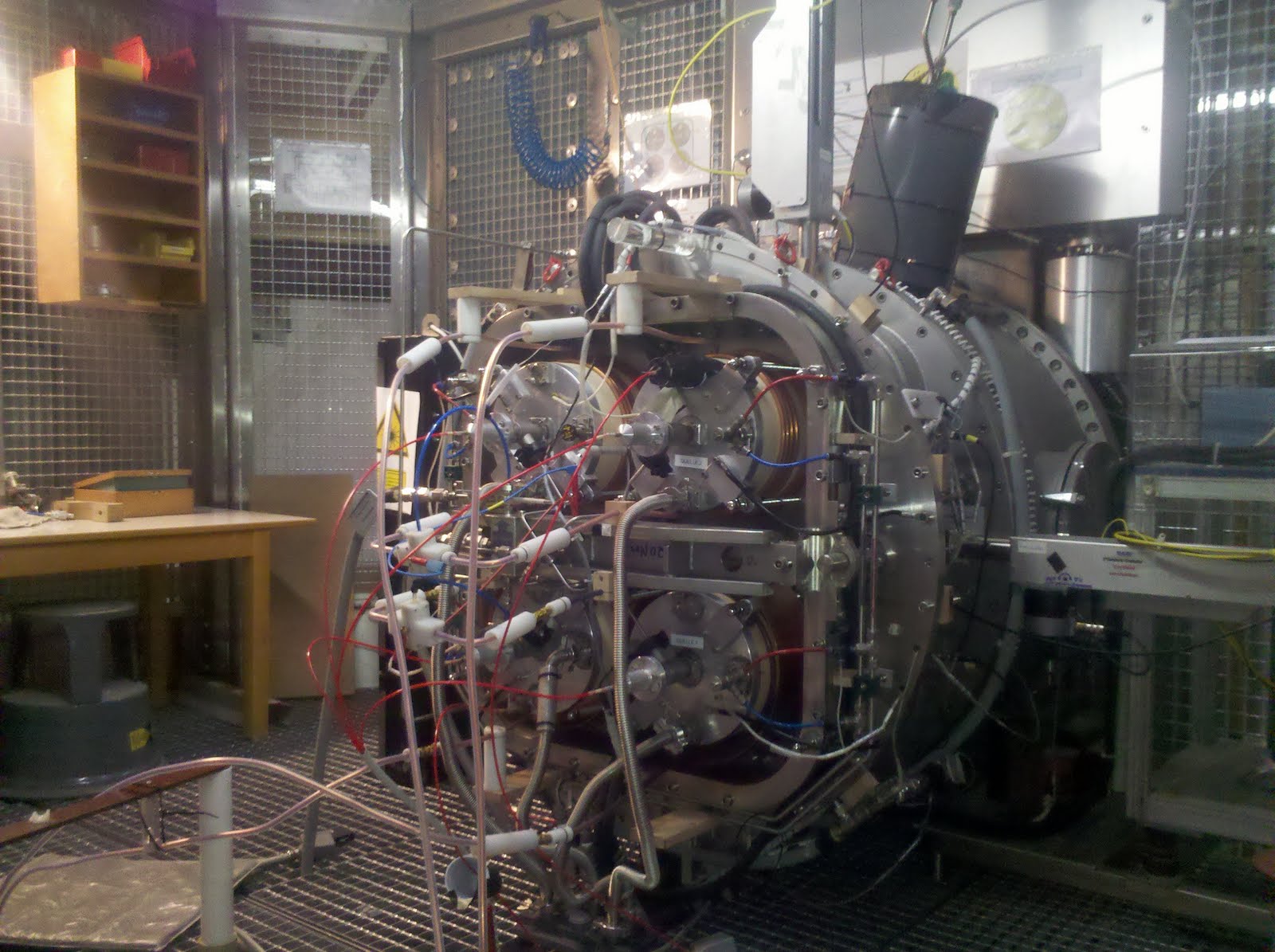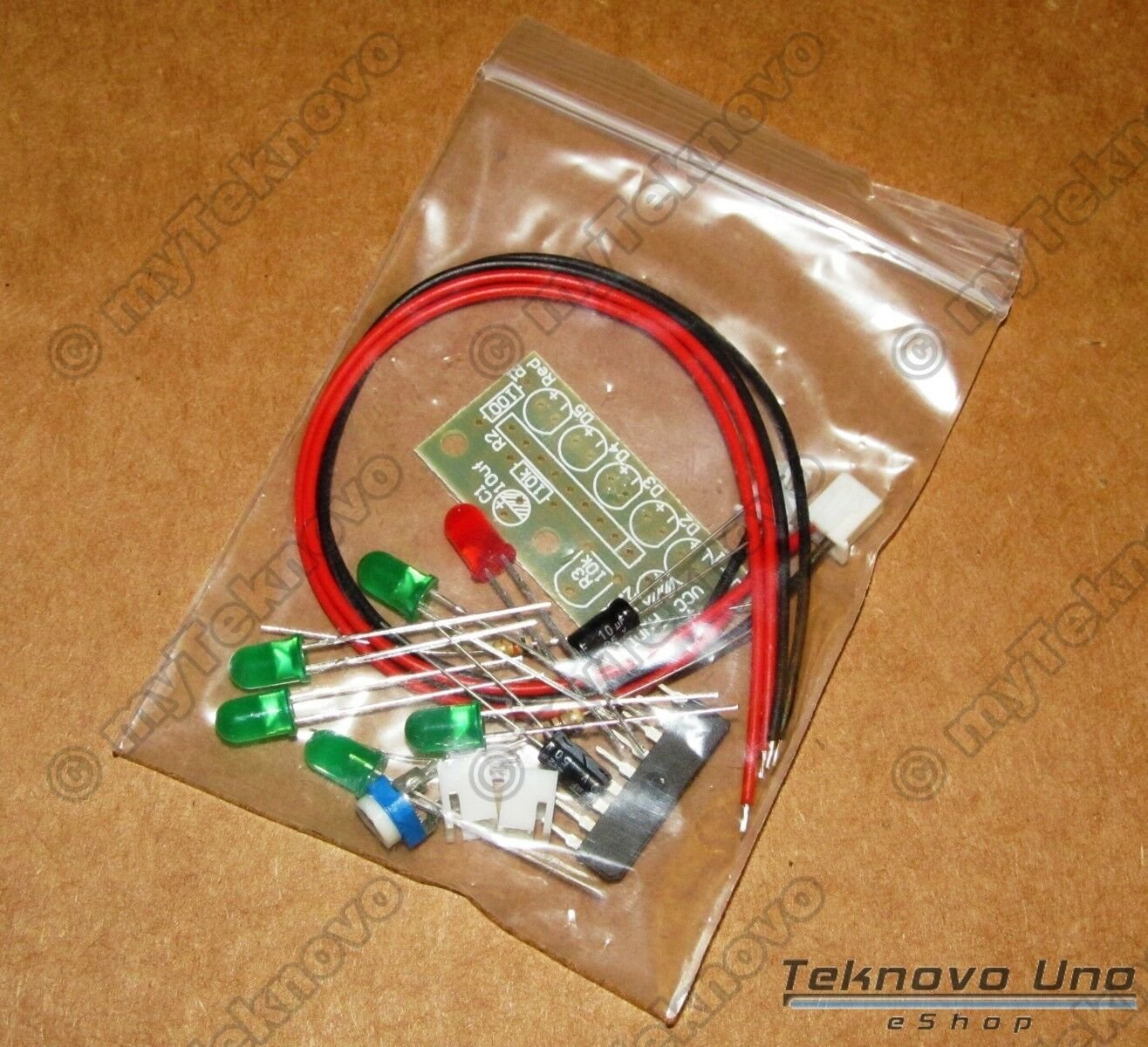

Keep it away from HVAC vents and damp spots, if possible, to avoid skewing the interior temperature and humidity data its sensors collect. You should also be mindful of where you place your indoor console. For similar reasons, avoid placing a sensor too close to trees, nearby buildings, other structures, or irrigation systems. Still, it’s usually a better choice than attaching your all-in-one sensor to an eave or elsewhere on your roof, where the materials can temper wind gusts, radiate heat, and create splashes during heavy rainfall. This height is the sweet spot for temperature and rain gauge, though it’s well below the recommended 32.8 feet for an anemometer. For best results, find an unobstructed area in your lawn and secure the sensor between four and seven feet above the ground.
#Homemade led weather indicator install
Selecting where to install your weather station’s sensor is one of the most important things you can do to ensure accurate data collection. Luckily, many weather stations also send data to a compatible app or your home’s smart speaker so you can check stats from anywhere or ask Alexa to tell you the daily forecast as you pick out what to wear for the day.

The indoor consoles-which can run on AC power or batteries-can look rudimentary some don’t have backlighting or even full-color displays. A typical transmission range for wireless units maxes out around 350 feet.ġ0 Best Air Purifiers for a Breath of Fresh Air Cabled stations are slightly cheaper than their wireless counterparts, but most people prefer the set-up convenience that wireless models provide. The data they record are transmitted by cable or wireless signal to a digital console, which has sensors to track the temperature and humidity inside. The outdoor measuring instruments on these consumer gadgets are often housed in an all-in-one sensor suite that operates on battery or solar power. More advanced systems can have all that, plus all or a selection of these: a rain gauge, an anemometer for measuring wind speed and direction, a barometer, and an actinometer for checking UV index and solar radiation. Forecasting and historical data also come standard. Along with that, they have clock and calendar functionalities and can alert you to certain weather conditions. The most basic (and least expensive) weather stations track temperature and humidity outside and within your home using a thermometer and hygrometer.
#Homemade led weather indicator full
Send a full slate of measurements to your contacts of choice.


 0 kommentar(er)
0 kommentar(er)
